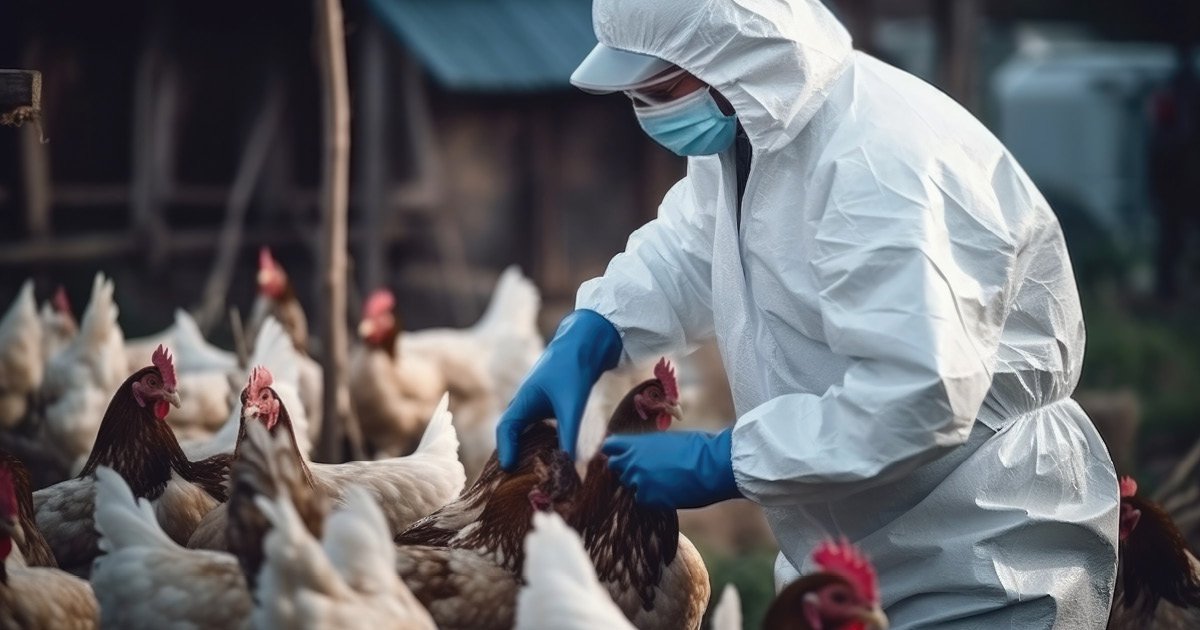The spread of the H5N1 bird flu among U.S. farms earlier this year raised concerns among experts about the potential for the virus to infect humans. A major issue highlighted was the delay in blood testing of exposed farm workers, which experts feared could lead to an underestimation of the virus’s potential for transmission to humans. These concerns have proven accurate, as the Centers for Disease Control and Prevention (CDC) now finds itself trying to control the virus’s spread while also addressing gaps in testing and resistance from farmers to implement such measures.
The possibility of a bird flu pandemic remains a real concern, with experts like former CDC director Robert Redfield warning that it’s not a matter of “if,” but “when” the virus could evolve to spread human-to-human. A recent CDC study further compounded these fears, revealing that many farm workers who were exposed to H5N1 on dairy farms had antibodies indicating recent infection, even though they were asymptomatic or only mildly symptomatic. This suggests that the virus could be spreading unnoticed among farm workers, raising alarms about the effectiveness of current prevention and testing protocols.
Despite these findings, CDC officials downplayed the risk of person-to-person transmission in the general population, citing the low number of cases and the mild symptoms observed in those affected. However, cases in California and Washington are on the rise, and the overall number of confirmed human H5N1 infections has reached 46 across the U.S., with a Missouri case involving a person with no known direct exposure to infected animals. Health officials are now grappling with how to respond to the virus as it continues to spread in human populations, albeit at a low level.

Testing and prevention efforts have been hindered by a range of factors, including farmers’ fears that identifying infected animals or workers could disrupt their operations, and concerns among immigrant workers about interacting with government authorities. The CDC has no authority to mandate testing, which has further complicated efforts to monitor the virus’s spread. While the discovery of asymptomatic cases has not been surprising to experts, the possibility of undetected transmission remains concerning, especially given the virus’s potential to mutate and cause a future pandemic.
The CDC’s updated recommendations emphasize the need for more aggressive testing, especially for farm workers who have had significant exposure to infected animals. They are also advising the use of antiviral treatments like Tamiflu for high-risk workers, as well as prioritizing the use of personal protective equipment (PPE) in high-risk environments. However, many farm workers have been reluctant to wear PPE, particularly in the hot and uncomfortable conditions found in milking parlors, which has made it challenging to protect them effectively.
Health agencies have begun distributing PPE to dairy farms and other high-risk facilities, but compliance has been inconsistent. Farm workers often resist using protective gear, particularly in hot and humid environments, where respirators and masks can become uncomfortable. Additionally, the degradation of PPE when workers are exposed to contaminated milk or manure further complicates the situation, highlighting the need for better education and enforcement of PPE usage to ensure maximum protection.
The situation has reached a critical point, with more than 100 million birds infected and the virus affecting dairy herds in 15 states. The mortality rate of H5N1 in Europe, which has been around 52% since 2002, underscores the seriousness of the threat. Health officials, having initially underestimated the virus, are now scrambling to implement more robust prevention, testing, and treatment measures. Despite some experts downplaying the severity of this specific strain of H5N1 in humans, the lack of timely and aggressive action has raised concerns about how prepared the U.S. is to handle a more severe outbreak in the future.
